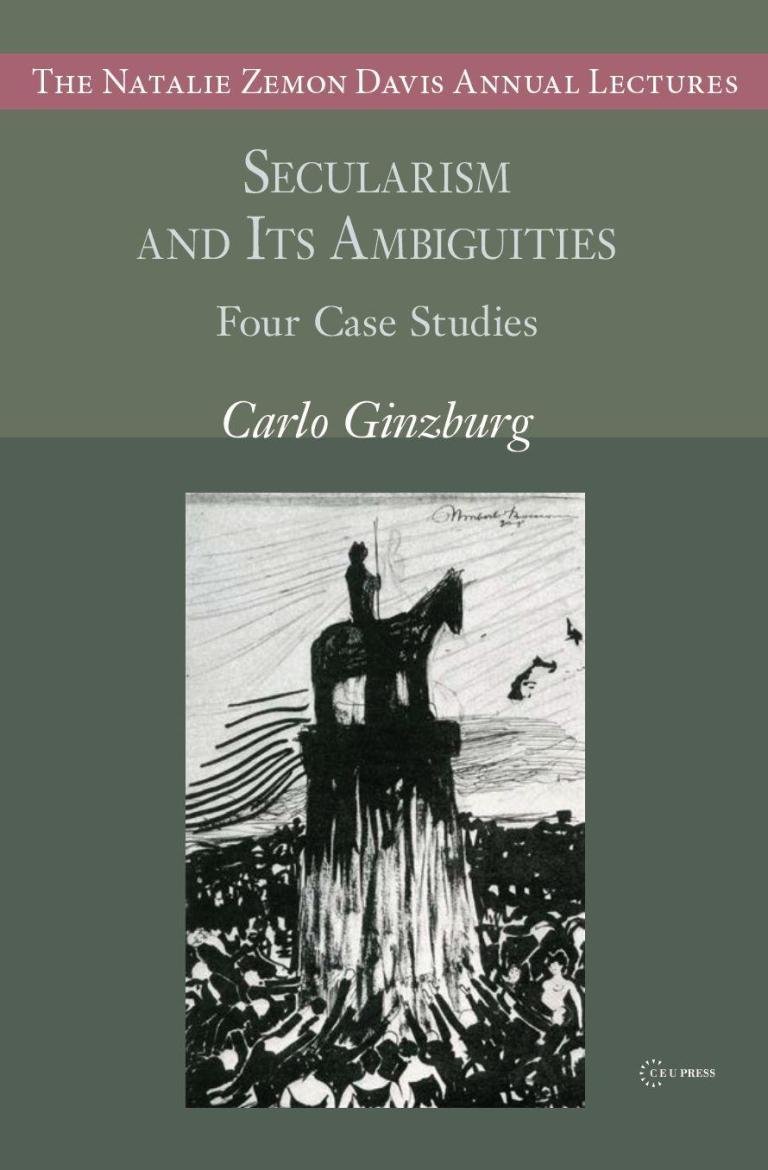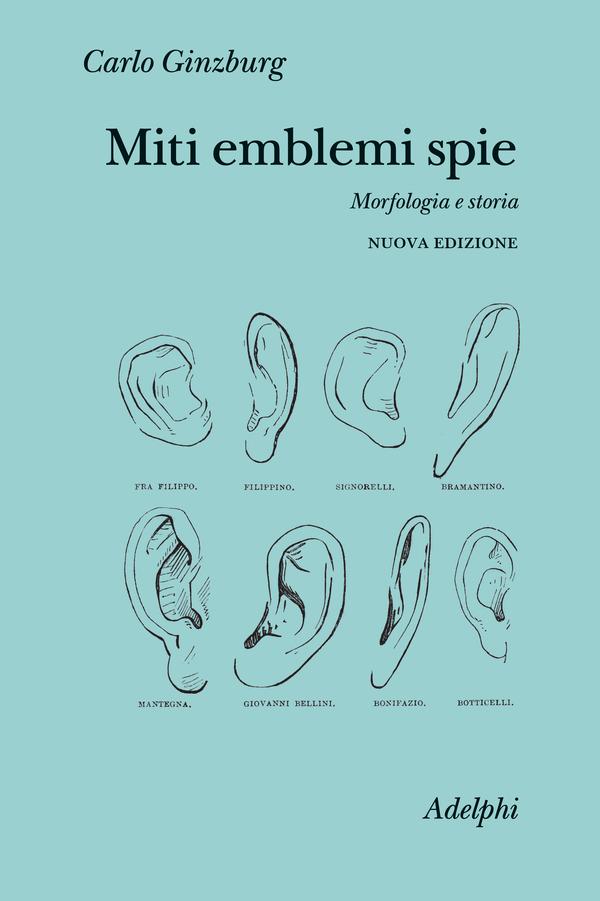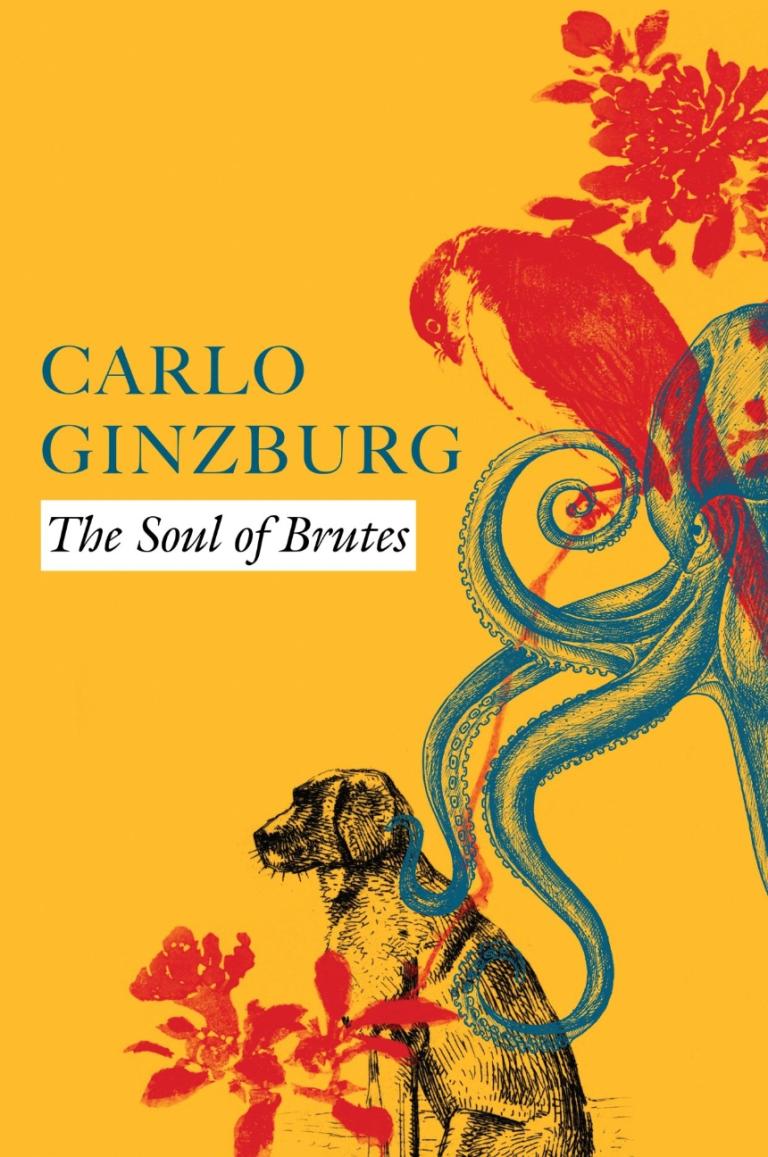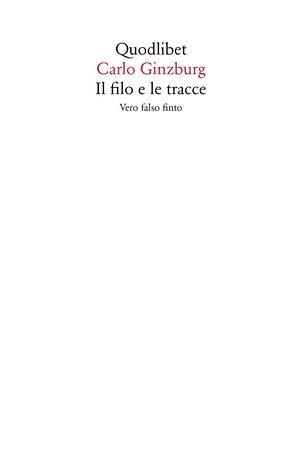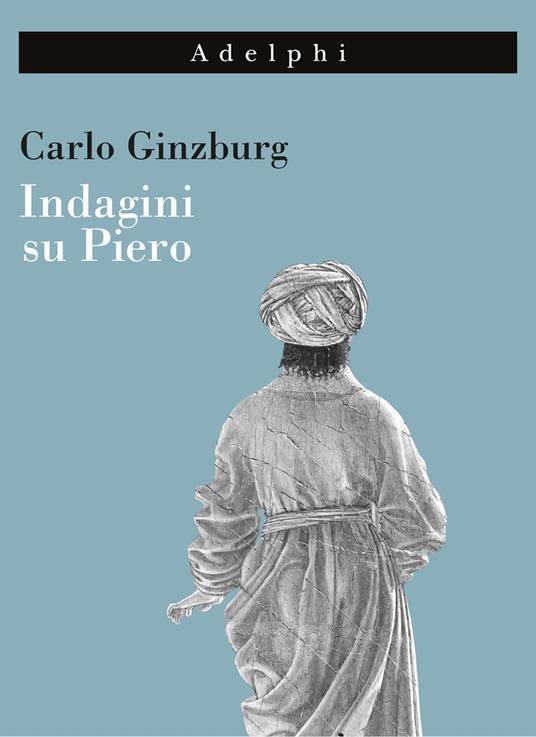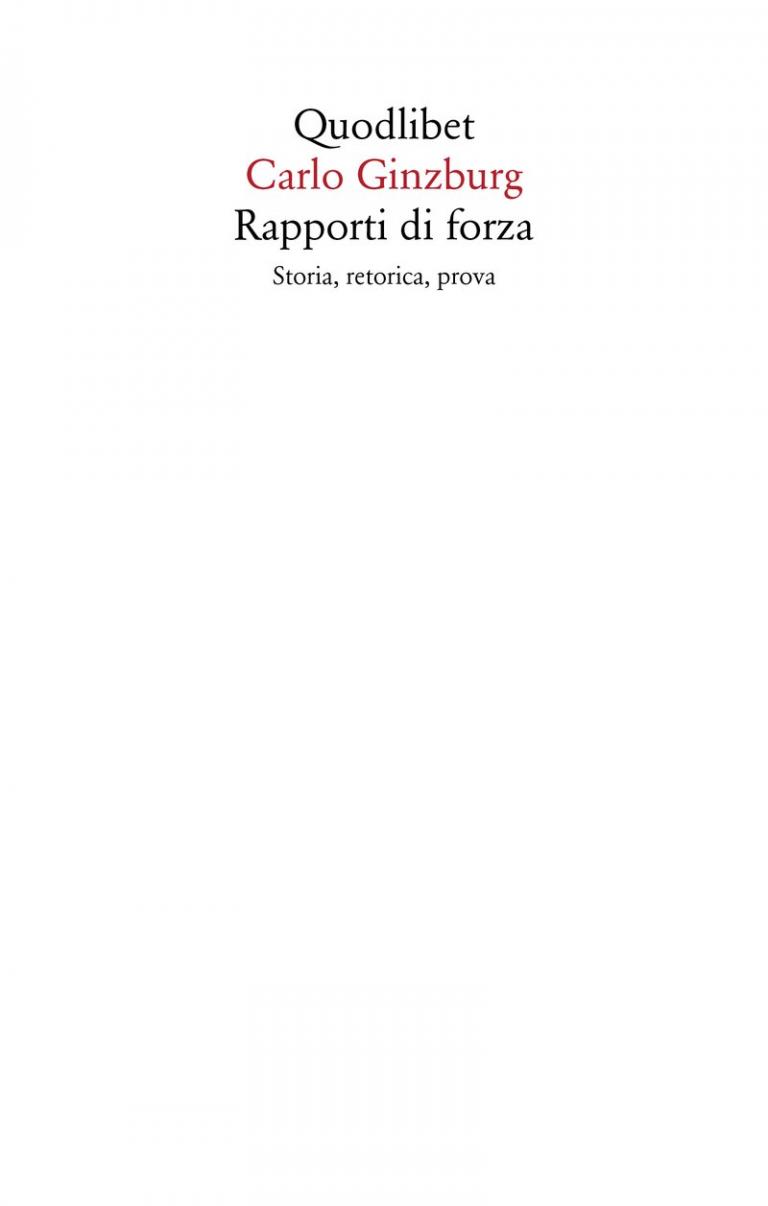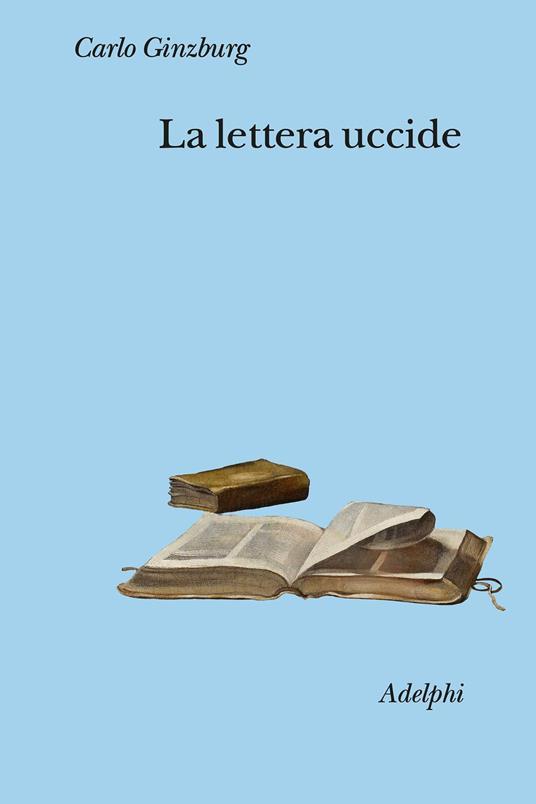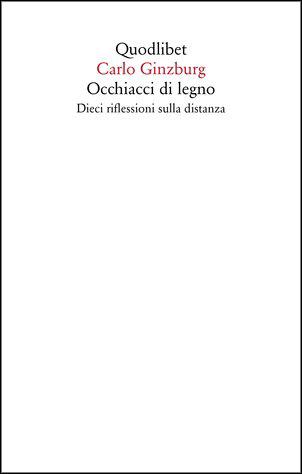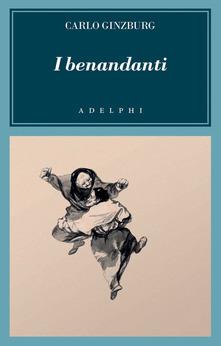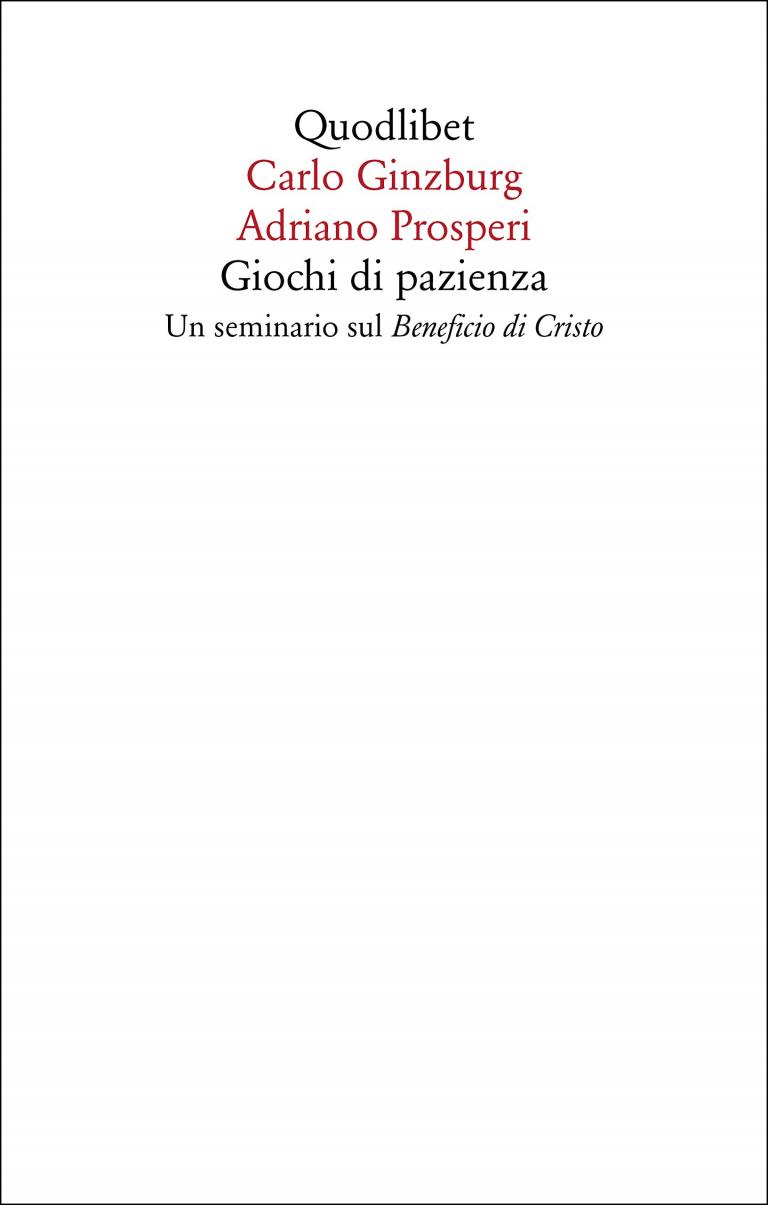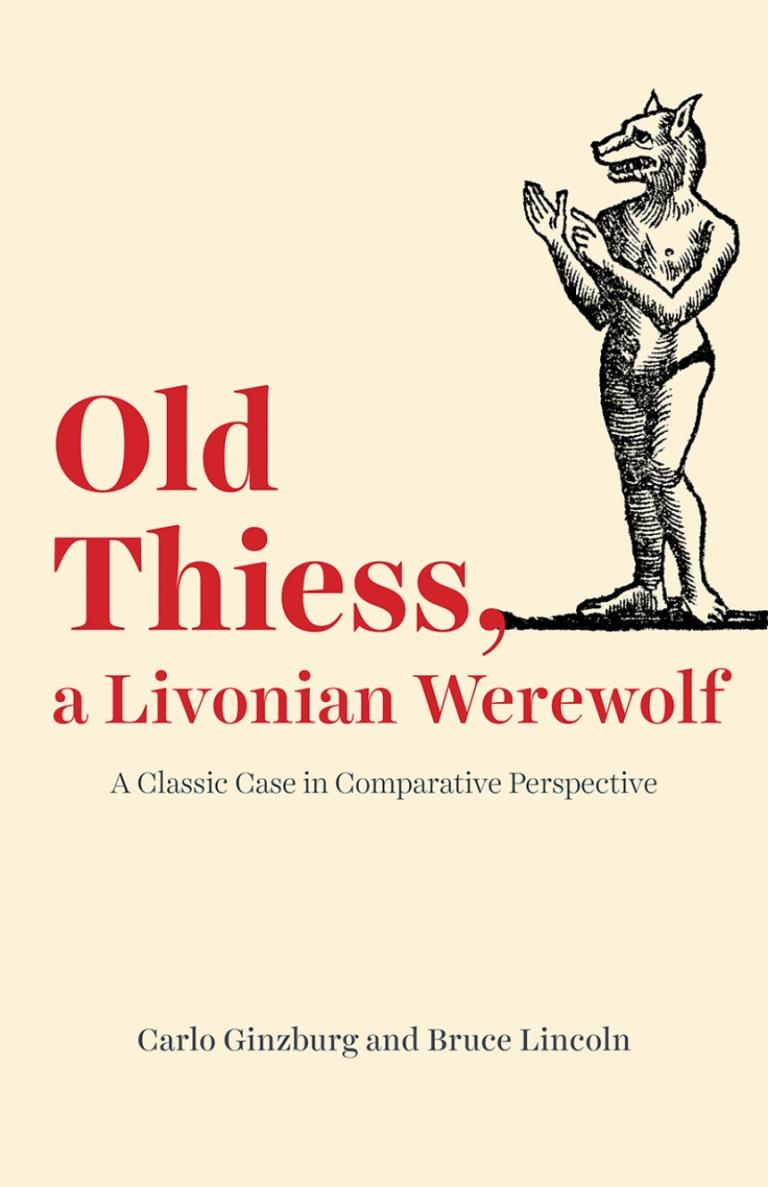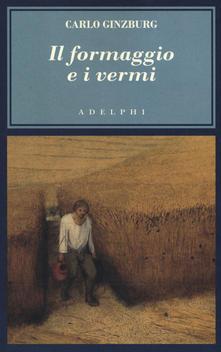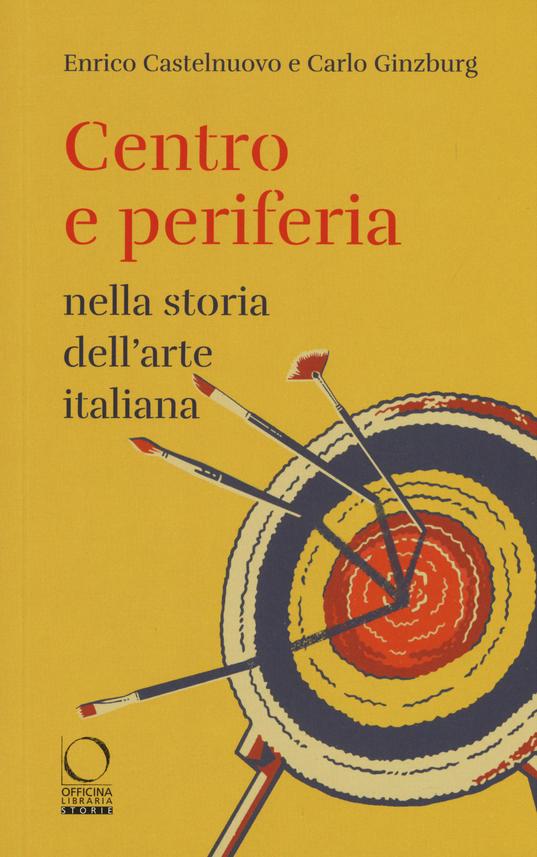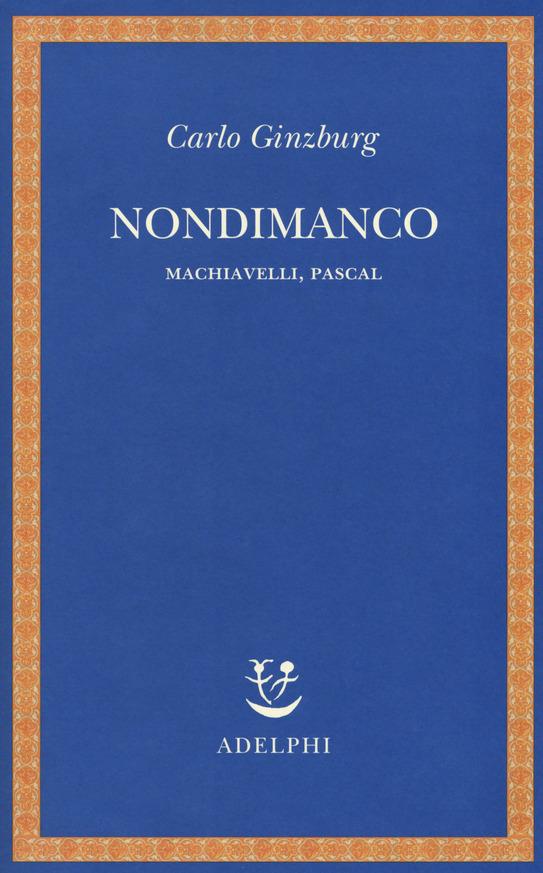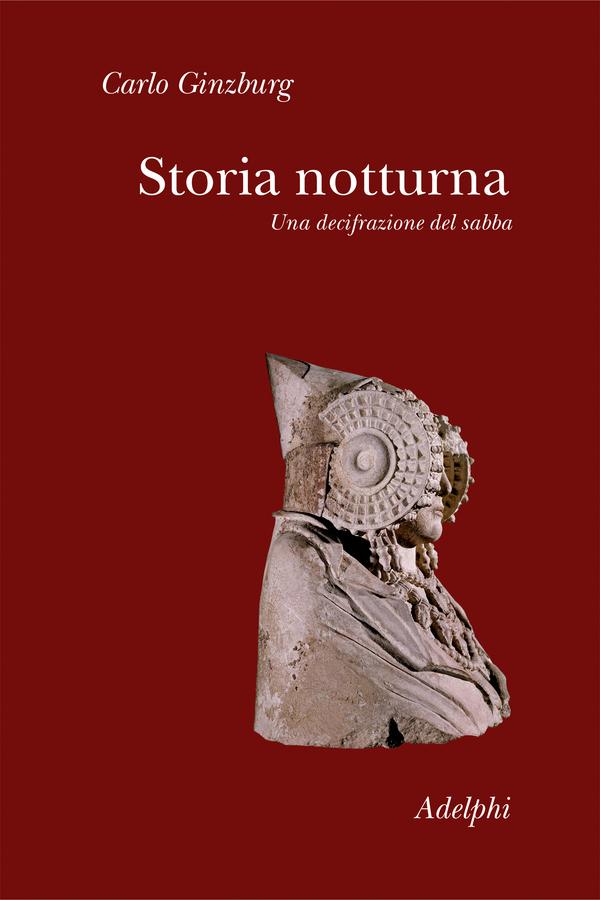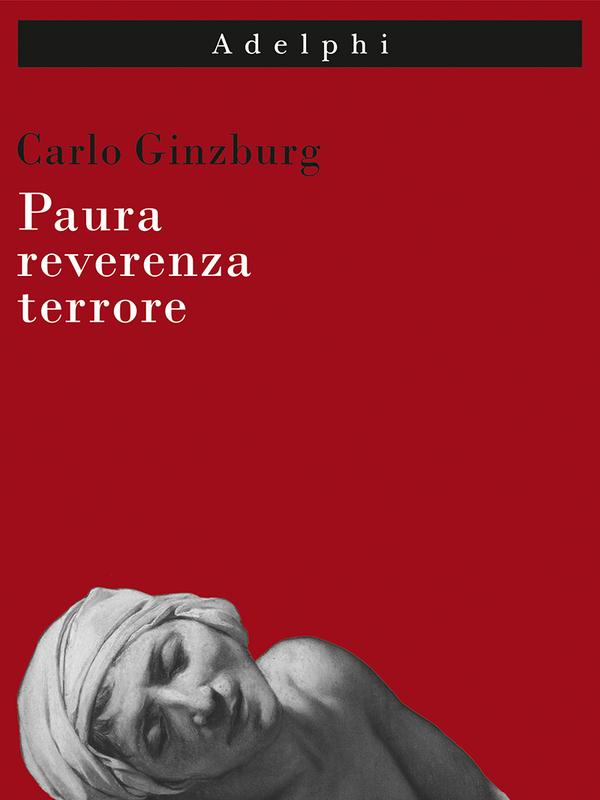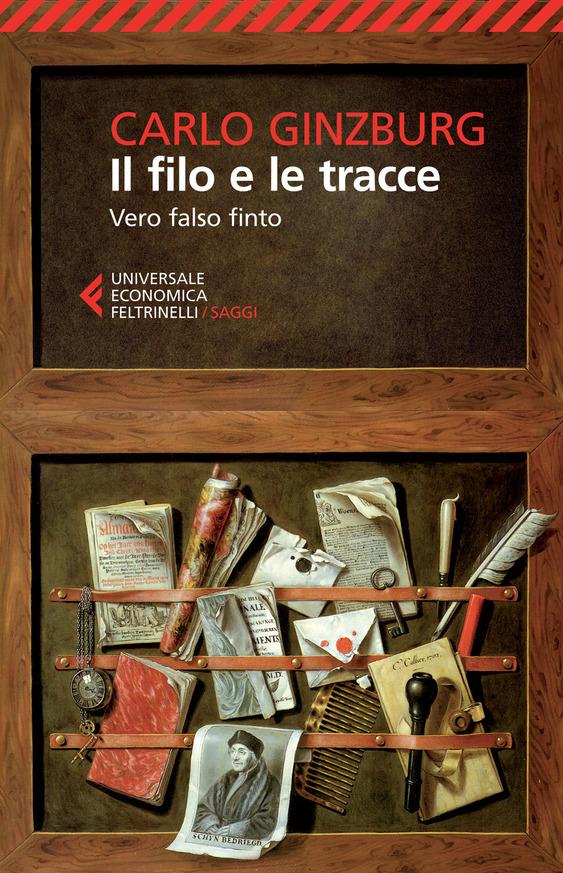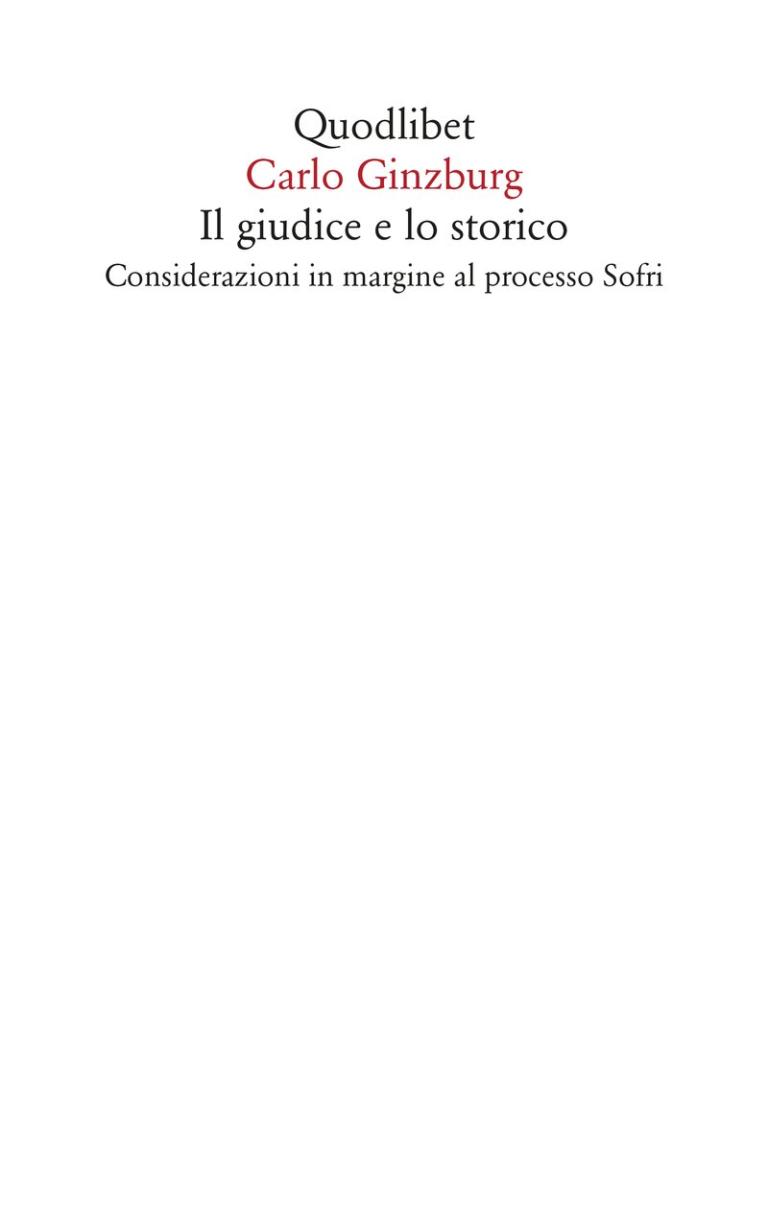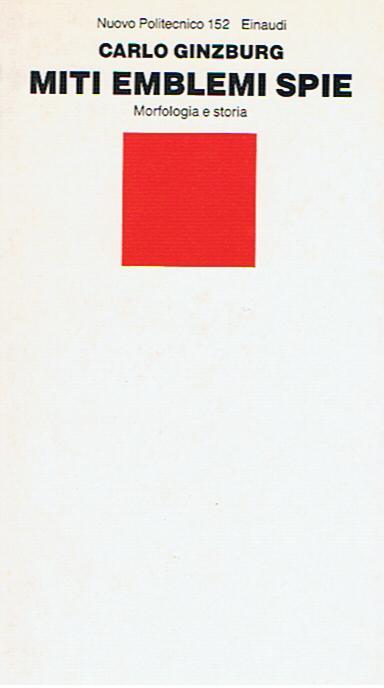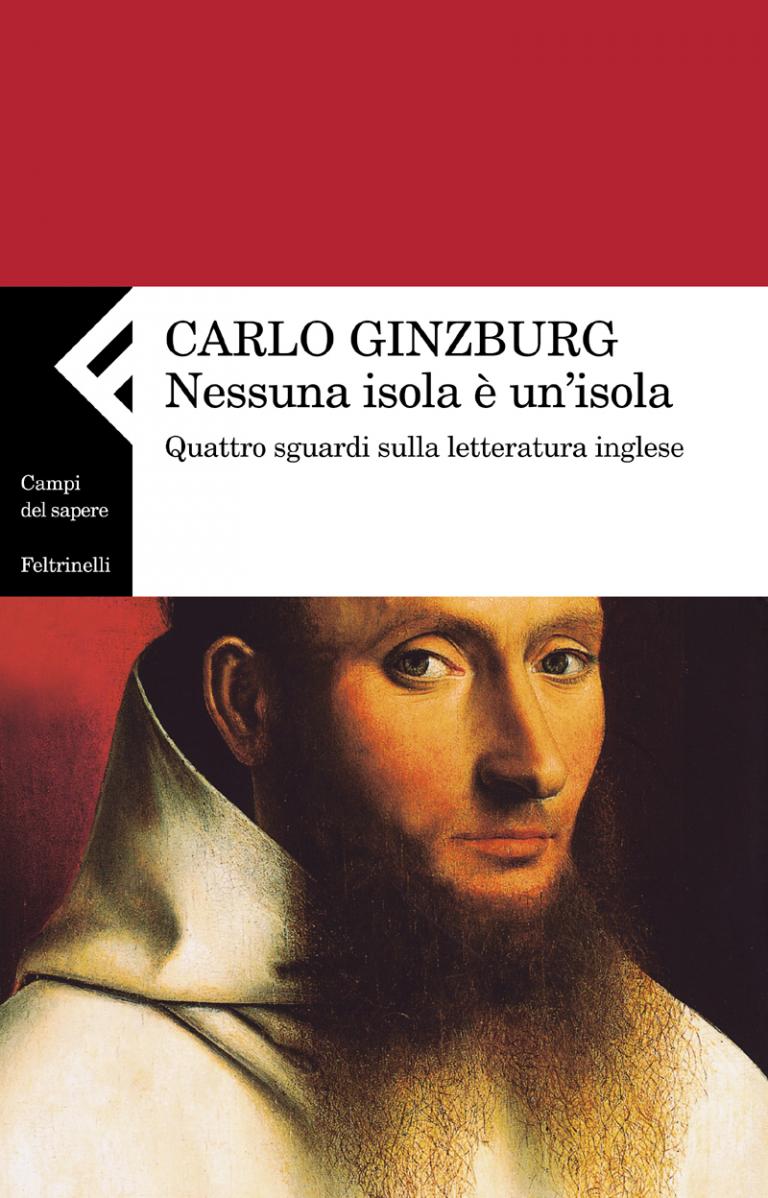Carlo Ginzburg
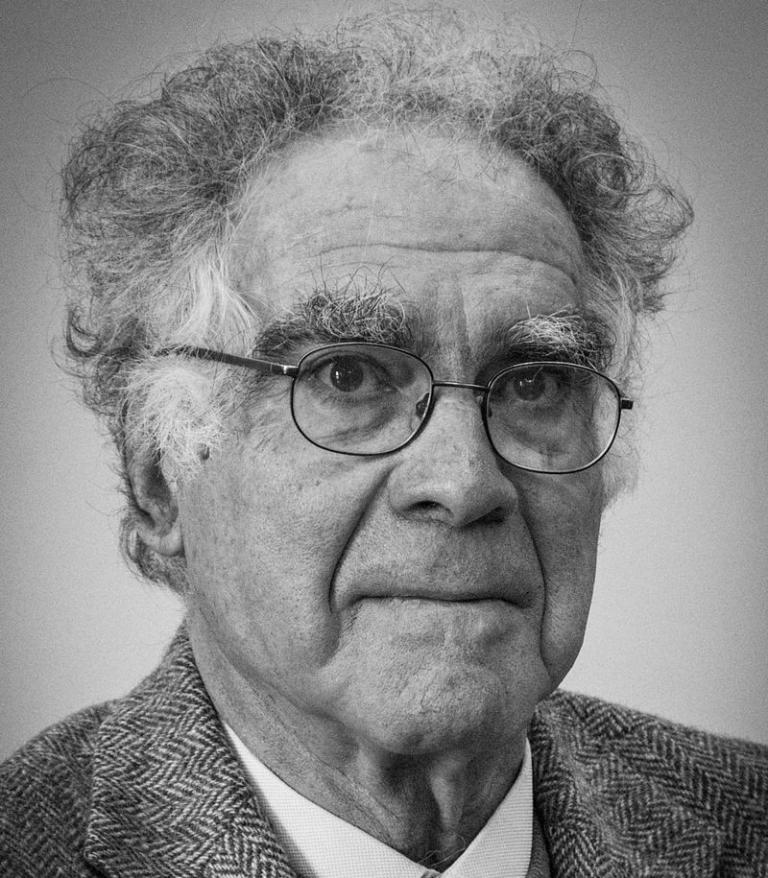
Carlo Ginzburg
Carlo Ginzburg was born in 1939. He is a historian. His parents were Leone Ginzburg (1909-1944), one of the great anti-Fascist intellectuals and one of the founders of Einaudi, who was killed by the Nazis; and the novelist Natalia Ginzburg (née Levi, 1916-1991). His grandfather, Giuseppe Levi, was a scientist who was exiled under the racial laws. He has taught at the University of Bologna, at Harvard, Yale, Princeton, and UCLA, and from 2006 to 2010 at the Scuola Normale di Pisa.
He has mainly specialized in the history of the popular mentality and culture in the sixteenth and seventeenth centuries, with particular attention to methodological problems and to the links between historical research and other disciplines. He was awarded the Prix Aby Warburg in 1992, the Antonio Feltrinelli Prize of the Accademia dei Lincei, in the category historical sciences, in 2005, and the Balzan Prize in 2010.
Carlo Ginzburg has been a pioneer of ‘micro-history’ since his earliest works, I benandanti. Stregoneria e culti agrari tra Cinquecento e Seicento (The Night Battles. Witchcraft and Agrarian Cults in the Sixteenth and Seventeenth Centuries); 1966); and Il formaggio e i vermi. Il cosmo di un mugnaio del ‘500 (The Cheese and the Worms. The Cosmos of a Sixteenth-Century Miller; 1976), the first of his books to appear in English, winning instant international acclaim. The Cheese and the Worms is translated in 24 languages so far.
In 1989, Ginzburg meticulously reconstructs the shamanic origins behind the sabbath obsession in Storia notturna. Una decifrazione del sabba (Ecstasies. Deciphering the Witches’ Sabbath).
In the six essays collected in Miti emblemi spie. Morfologia e storia (Clues, Myths, and the Historical Method, 1986), acknowledging his debt to art history, psychoanalysis, comparative religion, and anthropology, Ginzburg challenges us to retrieve cultural and social dimensions beyond disciplinary boundaries.
Demonstrating how the pervasiveness and rigor of the historical method can apply to other disciplinary fields as well, Ginzburg grappled with the enigmatic paintings of Piero della Francesca in Indagini su Piero. Il Battesimo, il ciclo di Arezzo, la Flagellazione di Urbino (The Enigma of Piero. Piero della Francesca: The Baptism, The Arezzo Cycle, The Flagellation, 1981) and overturned the judicial conclusions of the Sofri trial in the 1991 pamphlet Il giudice e lo storico. Considerazioni in margine al processo Sofri (The Judge and the Historian. Marginal Notes on a Late-Twentieth-Century Miscarriage of Justice). In 2002, in Nessuna isola è un’isola. Quattro sguardi sulla letteratura inglese (No Island is an Island. Four Glances at English Literature in a World Perspective, 2002), Ginzburg re-reads some works by British authors, including Thomas Moore and Robert Louis Stevenson.
In 1975, with Adriano Prosperi, Ginzburg published Giochi di pazienza. Un seminario sul «Beneficio di Cristo» (Patience Games), where hypotheses, interpretations and textual dissections testify to the method of “slow reading” typical of the historian. In the collection of essays Il filo e le tracce (Threads and Traces. True False Fictive, 2006) Ginzburg developed the analytical approaches previously explored in Occhiacci di legno. Nove riflessioni sulla distanza (Wooden Eyes. Nine Reflections on Distance, 1998) and Rapporti di forza. Storia, retorica, prova (History, Rhetoric, and Proof, 2000), outlining a theory of historical writing which starts from an investigation of the complex relationship between truth, fiction and falsehood.
In Paura, reverenza, terrore (Fear Reverence Terror: Reading Hobbes Today, 2015) he confronts us with the (political) power of images, from Picasso’s Guernica and Jacques-Louis David’s Marat to the frontispiece of Thomas Hobbes’s Leviathan.
His books have been translated into more than twenty languages.

